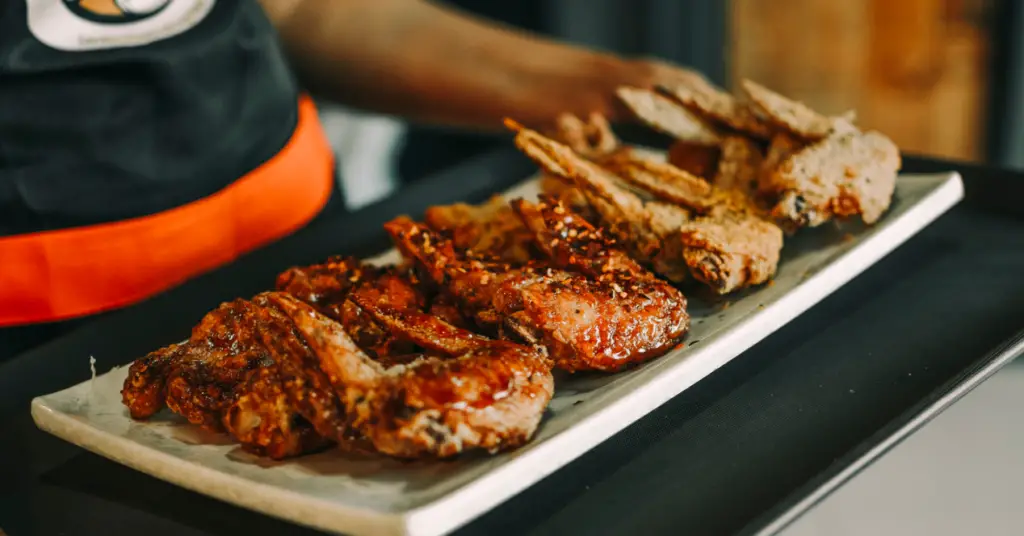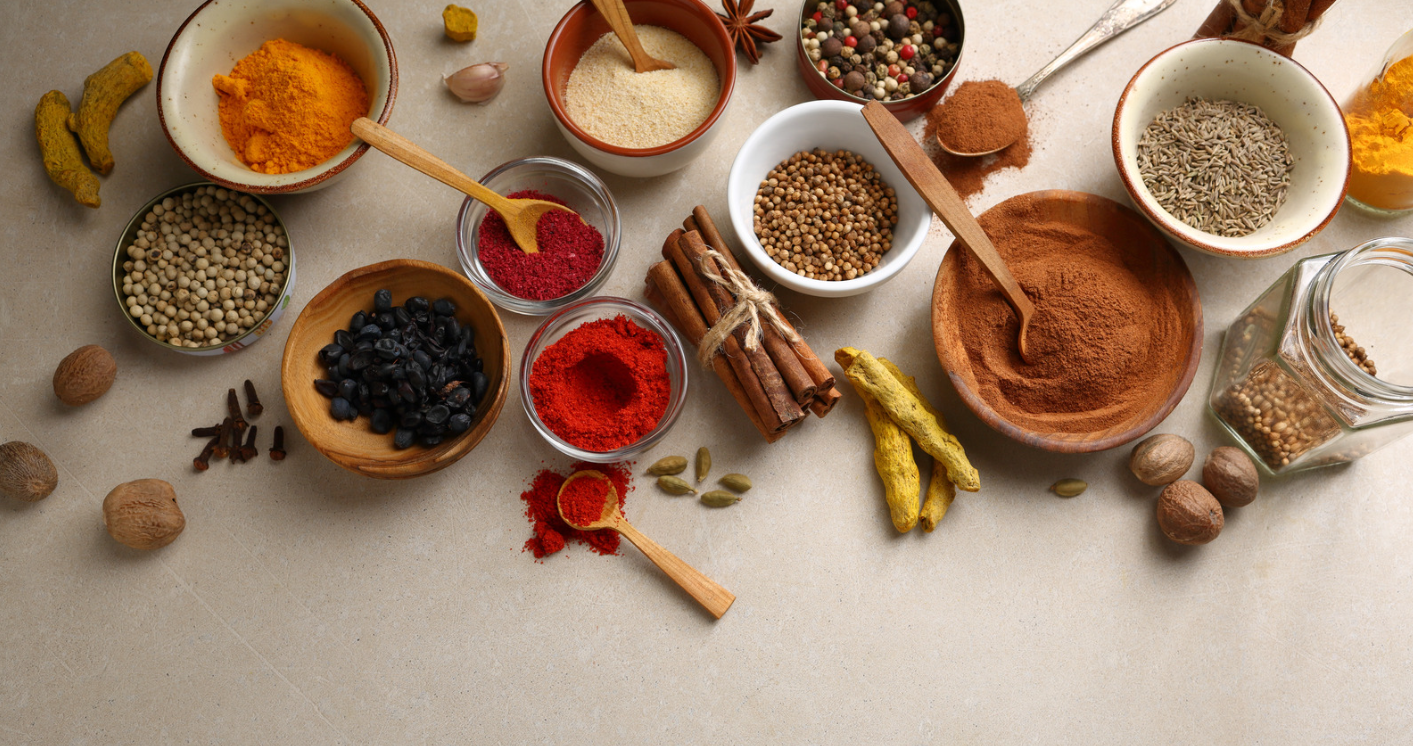Chicken, a staple in cuisines worldwide, is beloved for its versatility and ability to absorb a myriad of flavors. However, achieving that perfect balance of moisture and taste can be a culinary challenge. This comprehensive guide is dedicated to unraveling the secrets of cooking chicken that is not just moist, but also bursting with flavor. Whether you’re a seasoned chef or a home cook, these insights will transform your chicken dishes from mundane to extraordinary.
Cooking chicken to perfection is an art. It involves understanding the delicate balance between temperature, seasoning, and cooking method. A common pitfall for many is ending up with dry, flavorless chicken. This guide aims to address that, providing you with step-by-step instructions and expert tips to ensure your chicken is always juicy and delicious. Let’s embark on this culinary journey to master the art of cooking moist and flavorful chicken.
The Science of Moist Chicken
Understanding the science behind moist chicken is essential for any culinary enthusiast. The secret to succulent chicken lies in its muscle fibers and the cooking methods used. Let’s delve into these aspects to uncover how you can consistently achieve perfectly moist chicken.
Muscle Fibers and Cooking: Chicken meat is primarily made up of muscle fibers, water, and fat. When heated, these muscle fibers contract. If the chicken is cooked just right, the fibers expel some moisture but still retain enough to keep the meat juicy. Overcooking is the main culprit behind dry chicken, as it causes these fibers to contract too much, squeezing out most of the moisture and leaving the meat tough and dry.
Brining: Brining is a game-changer for moist chicken. It involves soaking the chicken in a solution of saltwater, and often, additional seasonings. The science behind brining is osmosis and diffusion. The saltwater solution helps the chicken’s muscle fibers absorb and retain water. This additional moisture means that even if some is lost during cooking, the chicken remains moist. Moreover, the salt in the brine breaks down some of the protein structures in the muscle fibers, resulting in a more tender texture.
Marinating: While marinating doesn’t penetrate the meat as deeply as brining, it’s crucial for flavoring the outer layers. Marinades typically combine acids (like vinegar or citrus juices), oils, and seasonings. The acid helps tenderize the surface of the meat by breaking down some protein structures, while the oil and seasonings add flavor. For the best results, marinate chicken for several hours or overnight, allowing the flavors to meld and coat the meat.
In summary, the moisture content of chicken is significantly influenced by its muscle fiber structure and the methods used in preparation and cooking. By understanding and applying the principles of brining and marinating, you can ensure that your chicken dishes are not only flavorful but also consistently moist and enjoyable.
Selecting the Right Chicken

The journey to a delicious, moist, and flavorful chicken dish begins with selecting the right type of chicken. The variety you choose can have a significant impact on the overall flavor and quality of your meal. Let’s explore the different types of chicken available and provide tips for selecting the freshest option at the store.
Types of Chicken and Their Impact on Flavor:
- Organic Chicken: Organic chickens are raised without antibiotics and are fed an organic diet. They often have a more pronounced natural flavor and a firmer texture compared to conventionally raised chickens.
- Free-Range Chicken: Free-range chickens have access to the outdoors. This freedom to roam can lead to leaner meat with a more distinct flavor, often preferred by gourmet cooks.
- Conventional Chicken: These are the most commonly available chickens, raised in more confined conditions. While they are an economical choice, they might lack the depth of flavor found in organic or free-range varieties.
Tips for Selecting Fresh Chicken at the Store:
- Check the ‘Sell By’ Date: Always look for the ‘sell by’ or ‘use by’ date on the packaging. Choose the chicken with the furthest date to ensure freshness.
- Examine the Color: Fresh chicken should have a pinkish hue. Avoid chicken that looks grayish or has yellow patches, as this can indicate aging or poor quality.
- Smell Test: Fresh chicken should have a mild smell. If it has a strong, unpleasant odor, it’s best to avoid it.
- Firmness: Gently press the chicken meat. It should feel firm and spring back upon release. If it feels overly soft or leaves an indentation, it may not be fresh.
- Packaging Integrity: Ensure the packaging is intact with no tears or leaks. Chicken juice leaking from the package can be a sign of poor handling and potential contamination.
- Temperature: Always pick up chicken at the end of your shopping trip to keep it cool as long as possible. Look for chicken stored in a well-refrigerated section.
By choosing the right type of chicken and ensuring its freshness, you set the foundation for a deliciously moist and flavorful dish. Remember, the quality of the ingredients often determines the quality of the final meal. For adapting thin chicken breast recipes to various diets, visit RecipeCastle for creative ideas.
Preparing Your Chicken
Proper preparation is crucial for achieving the best results when cooking chicken. Here’s a step-by-step guide to ensure your chicken is ready for a flavorful and moist culinary experience.
Step-by-Step Guide to Preparing Chicken:
- Bring to Room Temperature: Remove the chicken from the refrigerator about 30 minutes before cooking. This allows the chicken to come to room temperature, ensuring even cooking. Cooking chicken straight from the fridge can lead to uneven cooking, with the outside being overdone while the inside remains undercooked.
- Cleaning: While it’s a common practice to wash chicken, it’s actually not recommended due to the risk of spreading bacteria through splashing water. Instead, remove the chicken from its packaging and inspect it for any leftover feathers or residual matter.
- Patting Dry: Use paper towels to pat the chicken dry thoroughly. This step is crucial, especially if you’re planning to sear or roast the chicken, as excess moisture can prevent the skin from crisping up. Dry skin and meat surfaces also allow seasonings and marinades to adhere better.
- Trimming: Trim off any excess fat or loose skin. This doesn’t just help in achieving a more uniform cooking process but also improves the presentation of the dish.
- Butterflying or Pounding (if necessary): For quicker and more even cooking, consider butterflying the chicken breast or pounding it to an even thickness. This is particularly useful for grilling or pan-frying.
- Seasoning or Marinating: Once your chicken is prepped, it’s ready to be seasoned or marinated. If you’re marinating, ensure the chicken is fully coated and then refrigerate it for the desired time.
Importance of Preparation Steps:
- Room Temperature: Cooking chicken at room temperature helps in cooking the meat evenly, preventing the exterior from drying out before the interior is fully cooked.
- Cleaning and Patting Dry: Properly cleaning and drying the chicken not only helps in hygiene but also in cooking efficiency. Dry skin crisps up better, and seasonings stick more effectively to dry surfaces.
- Trimming and Flattening: These steps ensure even cooking and can reduce cooking time, which is especially important for thicker cuts of chicken.
By following these preparation steps, you’re setting the stage for a deliciously cooked chicken dish. Proper preparation not only enhances the flavor but also ensures the chicken cooks evenly and retains its moisture.
Seasoning for Maximum Flavor
Seasoning is more than just a step in cooking; it’s an opportunity to infuse your chicken with character and depth. The right combination of herbs and spices can elevate your chicken from ordinary to extraordinary. Start with the basics: salt and pepper. Salt is crucial as it enhances the natural flavors of the chicken. For an aromatic touch, add herbs like rosemary, thyme, or oregano. These herbs complement chicken wonderfully, imparting a subtle, earthy flavor.
For those who enjoy a bit of spice, paprika, cumin, or a dash of cayenne pepper can add a warm, smoky dimension. Don’t forget garlic and onion powder for that savory undertone. If you’re short on time, pre-mixed chicken seasonings available in stores can be a great alternative. However, creating your own blend allows for customization to your taste preferences.
Marinades are another avenue to explore. Combining acid, oil, and your choice of herbs and spices, marinades not only add flavor but also tenderize the meat. Whether you opt for a simple lemon-garlic marinade or something more exotic like a yogurt-spice blend, ensure the chicken is well-coated and allowed to marinate for at least an hour, or even overnight for deeper flavor.
Cooking Techniques
The method you choose to cook your chicken can greatly impact its moisture and flavor. Let’s explore some popular techniques:
Oven Baking: Baking is a fuss-free method that, when done right, yields wonderfully moist chicken. The key is not to overcook. Preheat your oven and cook the chicken at a consistent temperature. Covering the chicken with foil can help retain moisture. A general guideline is to bake chicken breasts at 375°F for 20-25 minutes, depending on their size.
Skillet Cooking: For a beautifully seared exterior and juicy interior, skillet cooking is ideal. Heat oil in a skillet over medium-high heat. Once hot, add the chicken and let it cook undisturbed for a few minutes to achieve a golden crust. Flip and cook the other side. The trick is to not overcrowd the skillet, which can lower the temperature and cause the chicken to steam rather than sear.
Grilling: Grilling imparts a unique smoky flavor that’s hard to replicate with other cooking methods. To prevent drying out, maintain a medium heat and avoid overcooking. Marinating the chicken beforehand can also help keep it moist and flavorful. Remember to let the chicken rest for a few minutes after grilling to allow the juices to redistribute.
For more on thin-sliced chicken breast recipes and cooking tips, check out our collection of thin-sliced chicken breast recipes at RecipeCastle.
Advanced Tips and Tricks
To elevate your chicken dishes, consider these advanced tips:
Using a Meat Thermometer: One of the most reliable ways to ensure perfectly cooked chicken is to use a meat thermometer. Chicken is safely cooked when the internal temperature reaches 165°F (75°C). Insert the thermometer into the thickest part of the meat, avoiding bone, to get an accurate reading. This method takes the guesswork out of cooking, ensuring your chicken is safe to eat without being overcooked.
Resting the Chicken: After cooking, let your chicken rest for a few minutes before cutting into it. This allows the juices to redistribute throughout the meat, resulting in a more moist and flavorful chicken. Cover the chicken loosely with foil and let it sit for about 5-10 minutes. This simple step can make a significant difference in the texture of your chicken.
Common Mistakes to Avoid
Even experienced cooks can make mistakes when it comes to cooking chicken. Here are some common pitfalls to avoid:
Overcooking: This is perhaps the most common reason for dry chicken. Pay close attention to cooking times and use a meat thermometer to avoid overcooking. Remember, chicken continues to cook a bit even after it’s removed from the heat source.
Underseasoning: Chicken needs a good amount of seasoning to bring out its flavors. Don’t be shy with salt, herbs, and spices. Remember, some of the seasoning is lost during cooking, so it’s okay to go a bit bolder than you might initially think.
Lack of Marination: Skipping the marination process can result in less flavorful chicken. If time allows, marinate your chicken for at least an hour, or overnight for more depth of flavor. This not only adds taste but also helps tenderize the meat.

